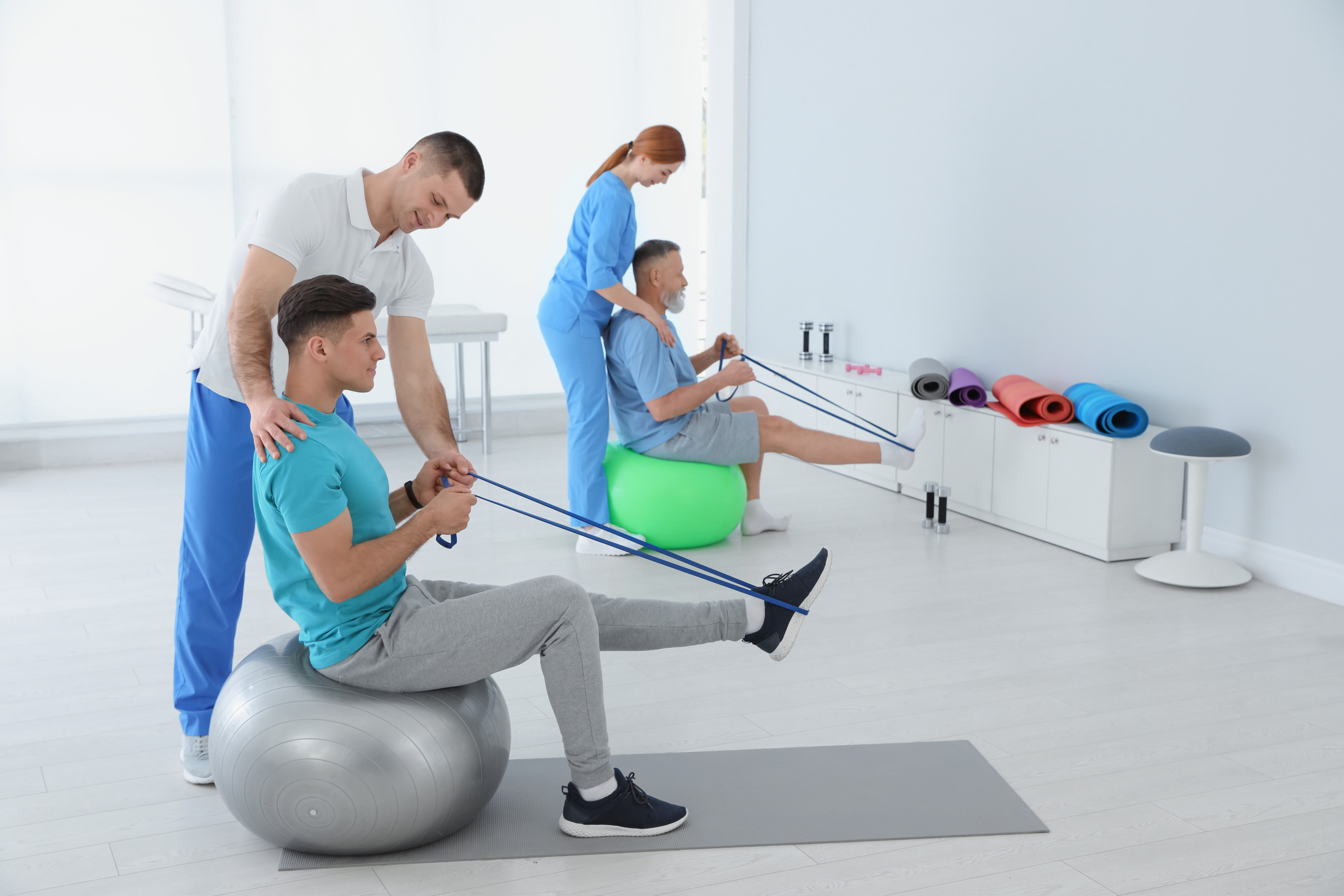Perfecting the Craft of Ergonomics to Improve Well-being and Efficiency in Office Settings
Perfecting the Craft of Ergonomics to Improve Well-being and Efficiency in Office Settings
Blog Article
Refining the art of workplace optimization is paramount for creating professional environments that support postural health and productivity. Applied ergonomics is the science of designing occupational settings, apparatus, and responsibilities to fit the requirements of team members. By focusing on how individuals interact with their physical environment, businesses can reduce strain and mitigate repetitive stress disorders. An ergonomic workspace supports natural movement and reduces strain, which can lead to improved work satisfaction and engagement among staff members.
One foundational component of human factors design is the organization of furniture and equipment. Workstations should be at a level that enables employees to sit with their forearms at a 90-degree angle while inputting data. Chairs should provide adequate support for the lower back, promoting spinal alignment. Additionally, monitors should be positioned at eye level to prevent neck strain. By verifying that these ergonomic components are properly calibrated, staff can sustain a ergonomic position throughout their workflows, decreasing fatigue and improving concentration.
An additional notable dimension in an well-designed workspace is the use of supportive devices and hardware. This includes keyboards, navigation tools, and other instruments engineered to limit repetitive strain injuries. For instance, using an orthopedic typing device can help reduce wrist pain caused by prolonged typing. Furthermore, adjustable chairs see this website and convertible desks empower employees to modify their position throughout the day, which can relieve physical stress and increase alertness. helpful site Allocating resources toward high-quality ergonomic tools can generate optimal work habits and improved productivity rates.
Illumination is also a critical element in occupational planning. Balanced lighting can minimize eye strain and support staff to concentrate on their work activities. Daylight is optimal, but if that is not feasible, using adjustable artificial lighting can help providing a inviting atmosphere. It is advisable to avoid glaring fluorescent lights that may cause visual discomfort or fatigue. By incorporating adequate lighting, workspace planners can foster an environment that enhances both comfort and work quality.
To conclude, encouraging regular breaks is vital for preserving an balanced workspace. Encouraging staff to take short breaks can help alleviate bodily stress and mental overload. During these breaks, users should be advised to stretch or change location to stimulate circulation. Integrating planned break times can help create a structure that protects employee wellness without sacrificing work results. Ultimately, mastering ergonomics in the workplace not only boosts well-being but also supports a more productive work culture where employees can thrive.